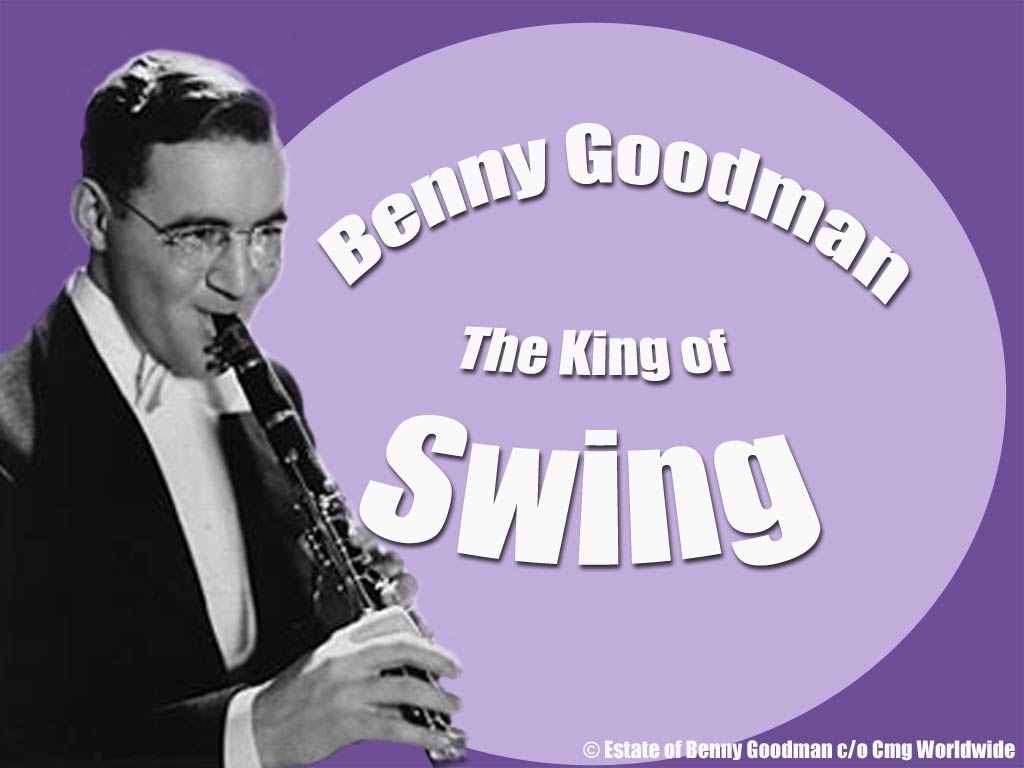A confluence of dates marked the end of the '60s and drew a line in the sand of rock music. It was as though crossing into a new decade meant wiping the slate clean. On August 17, 1969, Woodstock ended in a wild mess of mud and Jimi Hendrix's feedback; five days later, on August 22, The Beatles gathered for the last time ever as a foursome. Within the new year, Hendrix would pass away and The Beatles would implode with acrimony.
But perhaps too much is made of the sad endings. Just a month prior, a phenomenon in space heralded a new beginning. Apollo 11 touched down at Tranquility Base on July 20, the United States put a man on the moon for the first time, and David Bowie was there to greet us. Nine days prior, he had released "Space Oddity," a song that producer Tony Visconti initially dismissed as a cheap ploy to cash in on moon mission fever. The two later would become studio compatriots for life.

Space Oddity Original Video - David Bowie 1969
To be sure, many of their sonic secrets over the years went revealed and undocumented; maybe Bowie himself wasn't sure how all his happy accidents happened. Yet enough documentation exists to tell us how he conjured galactic magic through studio craft.
There's a lovely glissando that lifts "Space Oddity" into upper reaches of the stratosphere. And given that Yes keyboardist Rick Wakeman played on the Space Oddity session, you could assume he achieved the effect through a cabinet-sized synthesizer. But the answer was literally in the palm of Bowie’s hand. The Stylophone is a miniature instrument with tiny, voltage-controlled keys, played with a stylus resembling what kids use with handheld video games these days. As usual, the Thin White Duke was ahead of the curve; the instrument had just debuted in 1968.

Bowie brought new sounds back to Earth. These became trademarks as much as his lyrics, androgyny and wild vocal delivery - a froggy baritone on one cut; a nasal tenor yelp for joy on the next.
It's a good thing Bowie beat Apollo 11 to the moon. "Space Oddity" gave Bowie his first big hit, followed three years later by "Starman." So while rock put one era to rest, Bowie heralded the next in a meteor shower of glam fairy dust. He forced any and all music fans mourning a dead decade to think ahead, look up into sky and freak out in his new moonage daydream.
Moonage Daydream - David Bowie 1996
Bowie studied with Lindsay Kemp, renowned dancer, mime, actor and choreographer. Kemp staged and performed in David Bowie's Ziggy Stardust concerts at London's Rainbow Theatre in August 1972 and much of David's theatrical experiments, use of makeup, outrageous costumes and androgynous personas can be traced to Kemp's early influence. Bowie's artistry in successfully transitioning from one unforgettable character to the next was an essential element of his appeal. Often at the height of a character's popularity, he shifted gears, reinventing his on-stage personas.
Here's a song about transition:
TVC15 - David Bowie 1985
Bowie was truly rock's greatest chameleon, metamorphosing into a dazzlingly long list of characters, each one more creatively outrageous than the last in showcasing the performer's innate and idiosyncratic sense of style. Among the most famous were the doomed rock envoy from space, Ziggy Stardust; Aladdin Sane (the name is a play on "a lad insane"); Bowie's plastic soul persona: the Thin White Duke; Thomas Jerome Newton, the alienated alien from Nicholas Roeg's 1976 sci-fi cult classic
The Man Who Fell to Earth; the lonely, lost Pierrot of the "Ashes to Ashes" video, the anti-hero Halloween Jack from "Diamond Dogs" and Jareth the Goblin King from the movie
Labyrinth, the 1986 adventure fantasy film directed by Jim Henson & produced by George Lucas with most of the significant characters in the film played by puppets.







Bowie inspired generations of artists from Alice Cooper to T Rex and beyond. He penned "All The Young Dudes" for Ian Hunter and Mott The Hoople. His exploits with Mick Ronson, Iggy Pop, and Lou Reed are legend. There would be no Madonna, Grace Jones or Lady Gaga without him. In fact, Bowie was among the first performance artists in popular music and he was perhaps the first pop musician to grasp the importance of film and video to music. He was also creatively restless, which, is a large part of his appeal.
His collaborations with Rick Wakeman, Mick Jagger, John Lennon, Tina Turner, Freddie Mercury & Queen, Pete Townshend, Stevie Ray Vaughan, Adrian Belew, Cher, Lulu, Peter Frampton, Marc Bolan, Brian Eno & Roxy Music, Annie Lenox, King Crimson's Robert Fripp, Marianne Faithfull, Lou Reed, Iggy Pop, Klaus Nomi, Trent Reznor & Nine Inch Nails, Nile Rodgers, Smashing Pumpkins & Billy Corgan, Dave Grohl & Foo Fighters, Pink Floyd's David Gilmour, Paul McCartney, Def Leppard, Arcade Fire, Pet Shop Boys, Massive Attack, Placebo, Scarlett Johansson, Sonic Youth, Luther Vandross, Pat Metheny and even Bing Crosby - unabashed and unapologetic these unions put Bowie at the top of contemporary music royalty and exposed him to fans of multiple genres, cross-pollinating the musical spectrum.
David Bowie was a superstar and played no small role in my own Drumbo persona. While the name Drumbo was imposed on me in 1974 by members of the US Navy Steel Band (we already had Buddha, Duke, Bugsy, Tank and Zute) it was not until I left the Navy that Drumbo became
Drumbo Thunder and I enlisted to study with Master clown "Poppa Lou" Jacobs at Ringling Bros. and Barnum & Bailey "Clown College" in Sarasota Florida. I was a total washout at acrobatics, juggling, stilt walking and unicycle, but I learned to apply grease paint and studied all facets of comedy from Chaplin to Keaton and mastered the trademark "Hiyuck" clown laugh, skills that would serve me well as I embarked into a musical career that ranged from glam rock in the 70's to the traditional country music clown featuring the red nose that Poppa Lou invented in the 40's.


Bowie made it clear that one didn't need permission to be outrageous and courageous about flouting conventions. Crucially and defiantly, he also refused to be the same person or the same artist - over and over again. He was a classic trickster figure, shape shifting in both his image and his music. Every artist dreams of being a moving target, of staying one step (or many steps) ahead of one's imitators as well as the culture at large - but David Bowie was always leaps and bounds in front of the pack. With over 450 soundtrack credits between TV, movies and advertising, he was also one of the world's most prolific purveyors of sound and vision.
I leave you with a few examples:
Bing Crosby's Merrie Olde Christmas 1977
David Bowie and Tina Turner 80's Pepsi Commercial
A Knight's Tale 2001
World's Greatest Dad 2009
American Horror Story Freak Show (Jessica Lange channels Marlene Dietrich for "Life On Mars") 2014
There are multiple thousands of Bowie videos on Youtube (and tributes are growing by the hour), and though I've only featured a few this weekend, I hope I've whet your appetite for this awesome performer. His prolific body of work is immense and intensely varied yet, distinctly Bowie in every aspect. Whether a long time fan or discovering him for the first time, please join me in saying goodbye to a most remarkable legend. Godspeed David.
Space Oddity live - David Bowie as Ziggy Stardust 1972






















